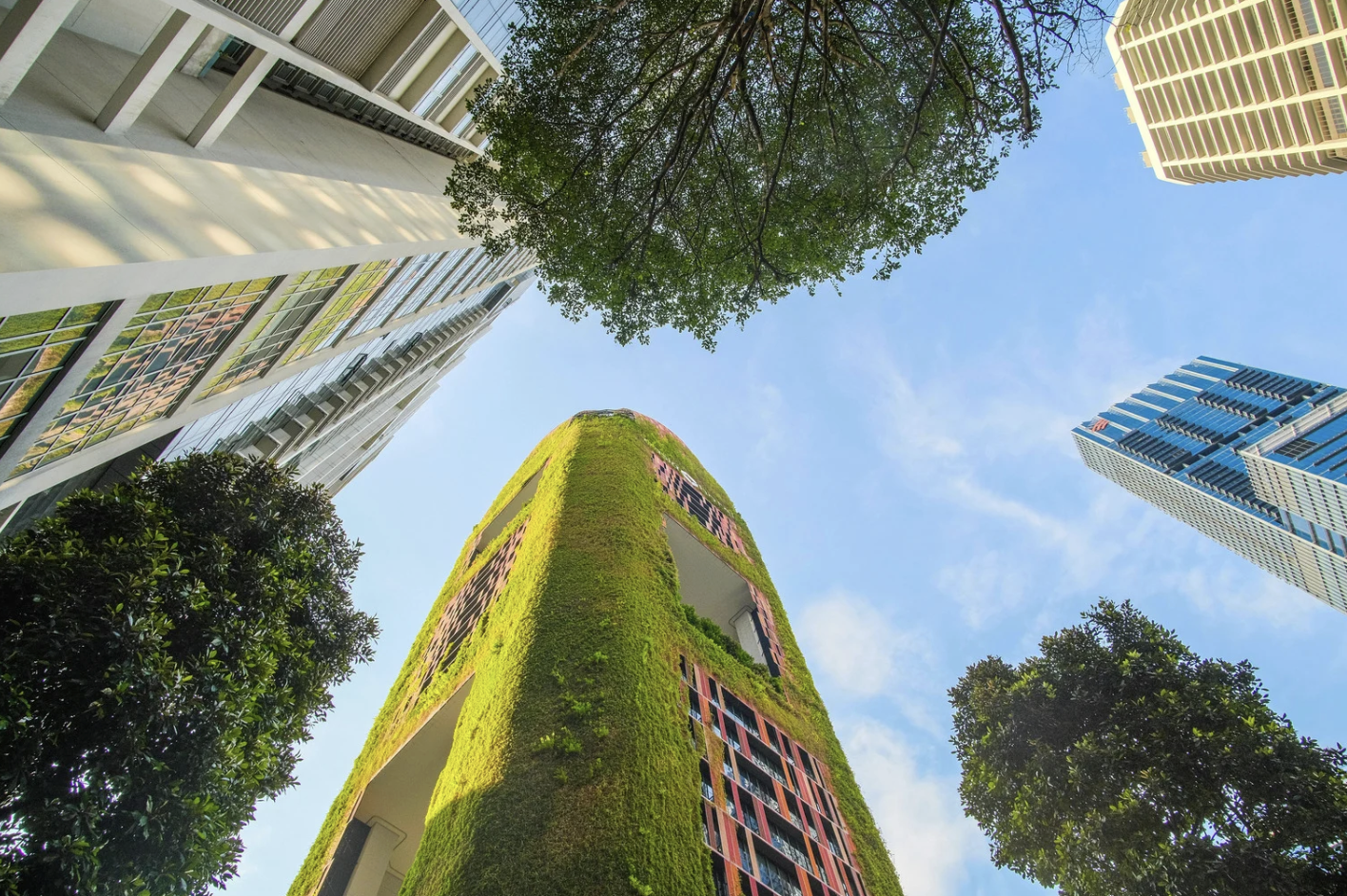Maximizing Your Potential: 7 Strategies for Personal Growth and Professional Development
news
William Shakespeare was an English playwright, poet, and actor who is widely regarded as one of the greatest writers in the English language and the world’s pre-eminent dramatist. His works, including collaborations, consist of approximately 39 plays, 154 sonnets, two long narrative poems, and some other verses. His plays have been translated into every major […]
Top Topics














